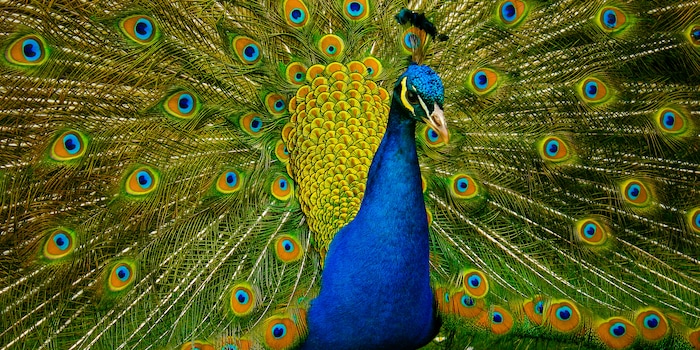

Peacock feathers work like lasers
Blue peacocks are considered to be very magnificent birds: their tail feathers are particularly impressive. Now it turns out that they also have special physical properties.
The researchers were surprised that differently coloured areas of the peacocks' eyespots emitted the same wavelength, as they are likely to differ in their microstructure. Whether the laser light plays a role in courtship is still unclear: birds' eyes can perceive light spectra that the human eye does not recognise. The extent to which this also applies to laser light has yet to be tested.
In any case, the bright blue and green of the animals is due to so-called structural colours and is not caused by pigments embedded in feathers. Ordered microstructures in the feathers reflect the light in certain wavelengths and, in addition to the colourfulness, also provide the characteristic iridescence of the animals, which also fascinates human observers.
Spectrum of Science
We are a partner of Spektrum der Wissenschaft and want to make well-founded information more accessible to you. Follow Spektrum der Wissenschaft if you like the articles.
Original article on Spektrum.de
Experts from science and research report on the latest findings in their fields – competent, authentic and comprehensible.
From the latest iPhone to the return of 80s fashion. The editorial team will help you make sense of it all.
Show all